-
Posts
15 -
Joined
-
Last visited
Content Type
Forums
Detector Prospector Home
Detector Database
Downloads
Posts posted by Heb
-
-
8 hours ago, jasong said:
I showed the photos to a couple researchers at a regional geology/paleontology museum. They came to the same conclusions as me basically: fossil-like, but not quite a fossil, concretion-like, but not quite a concretion, anthropogenic but not quite anthropogentic. Also agreed it was some clastic chert type rock. But the conclusion was "no idea".
If it wasn't for the weathering rind and difference in rind between top (presumably exposed to sun/water at different times front/back) and the bottom, I'd be leaning more towards modern human carved. But the weathering indicates some serious age and sitting out in the elements (even appears to have some semi dendritic growths on the broken part), and the lines are so smooth and organic/natural that it's hard to see that being a carving by any ancient humans, no tool marks, and chert is very hard so it'd be difficult to work smoothly without conchoidal fracturing while carving with any ancient tools not from the modern era. I suppose it could be some CNC milled modern hoax type thing, but chert isn't easy to artificially weather quickly, and the weathering on it appears legit.
It's one of those things that you kinda need to examine in hand, with a loupe/microscope, to look for more hints, I think. Firstly, eliminating anything made by human tooling/paints/etc. Do you know the finder personally and are sure it was found in the middle of the desert for sure?
That area has been peopled for almost longer than anywhere else on the planet, it's a small area, so it's hard to imagine there are concretions like this laying around unnoticed for millennia.
Whatever it is, I'm not often completely stumped, and if I could give a little emoji reward for the most intriguing "what is this rock" posted here so far, this would get it. 😅
The mystery needs to be solved! Thank you for checking with some other experts im intrigued more than ever. It’s literally been used as a door stop so I’m glad I’ve finally started to try and work out this little puzzle. My dad actually found it himself whilst out on a safari trip. I’m trying to get it looked at the British Museum but it’s a bit techy, they want papers as documentary evidence. I guess there are ethical issues and implications if it was a valuable Ancient Egyptian find. So my next bet would be some kind of geology lab? Someone from a fossil forum also suggested the national history museum as they believe it could be a particularly impressive example of banded flint and they would be interested however he said he wasn’t sure and wanted to promise to let me know the outcome of the mystery once solved haha
-
On 4/11/2023 at 5:40 AM, jasong said:
Here's an old geologic map of the Sinai Peninsula. (Well, Egypt in general, but given Israel confict areas I assume...) Mostly quaternary sediments by where the Suez canal would later be. Things get a bit more interesting as you go further south and get into some chert bearing formations, some of them clastic (clastic means inclusion of various other pebbles, which your rock seems to have). Going further south of that it's a lot of precambrian and not likely where the rock came from. So, I'm guessing it came from somewhere around the middle to upper middle Sinai Peninsula?
Geographically that should narrow down known oddball concretion occurences. And this one is definitely odd enough to have a note somewhere if others like it are also found. If it was purely geologic in origin like a concretion, there would surely be more of them known and found already...they usually form in large numbers, non 1-off oddballs. Just 1 odd, totally unique concretion would be very unlikely (though not impossible I guess) it's another reason I can't shake the fossil thing or the idea it's not purely just geologic. I go do something else productive then start thinking about this rock again haha. Ok, now I'm really done for the night though.
It's definitely a rock...but I'm staring at that thing trying to convince myself it's some thing created by a human too. But I can't see that yet. I suppose it's possible. That thing really looks like something out of an alien movie designed by HR Giger or something, which is partly why I think it's so cool. Looks strangely familiar yet unrecognizable. Almost like a lung lobe and trachea, but not.
Correct Egypt is where it was found 😉 . I want it to be alien so badly 😂😂 I promis to let you all know once I get something definitive
-
On 4/11/2023 at 4:29 AM, Geologyhound said:
A portion of the lower part of the broken surface appears to have the scalloped appearance typical of conchoidial fracturing. This is something I would expect to find in fine grained silicates (like a agate, chert, or obsidian). Yet, the top portion very definitely appears to have grains weathering out of the groundmass.
It scratches porcelain, so that rules out the typical hematite and ironstone nodules, but is the hard portion the grains? I concur with Jasong the little streak color you got was from surface residue/oxidation.
Let’s rule out some other possibilities. If you have any dilute hydrochloric acid, drip some one some of the surfaces. If it fizzes, you have some calcite cementation. In that case, try to figure out exactly what fizzes.
Thanks so much I will attempt to conduct some of the experiments you have suggested. Learning lots here 😀
-
-
4 minutes ago, jasong said:
I have no clue what that thing is but I'm fascinated by it. I'll pay $100 plus cover all shipping costs to the US if you want to sell it. 😛
I don't even have any more useful input because I'm totally stumped. It looks chert-like to me. From the first pics it appeared to be some kind of shaley/sandstoney material, but I don't think so now. So I don't think it's a petrified mud flow now, and it's not lava. Could be a petrified remain of something formed like gogotte but I doubt that now too. I'm not often completely stumped and out of ideas, but this stumped me...
It has inclusions of other minerals. Not a conglomerate though, not a breccia from what I can tell. The streak is probably just showing surface oxidation (hematite, rust), which is pretty normal on a lot of rocks in the desert.
I mean, I guess it could be the seed of some kind of concretion? But that end part you show indicates the pattern is continuous across the end and to the other side, to some degree, while not so on other parts of the rock, it doesn't look like a concretion to me, nor anything that would be formed by weather/wind, but that's just my opinion and nothing more.
The only thing that makes any sense to me is a fossil. Chert is essentially the remnants of biologic goo from the bottom of an ancient sea, and so it can contain fossils. But that appears to mostly be on the surface, making me question if it's a fossil. But that's still the best guess I have. I'm more like 50/50 now though instead of 90%. 😄
Haha thanks Jasong if I do decide to see you will get first offer promise 😁 the fossil people recon it’s not a fossil so I guess have to try and find a way to get it tested.
Thank you so much for your input . I Google everything anyone suggests!
-
28 minutes ago, Geologyhound said:
The older I get the more I’m convinced the less I know. I’m a geologist but I have never heard of gogottes before. So, nice post there Jasong!
If it is some sort of gogotte, the density is puzzling. Those should be made of silica sand and calcium carbonate. That should not be that heavy. Heb, any chance you could do an Archimedes density test on it? Fill a basin with water clear full, immerse the object, measure the volume of water that overflows, weigh the object and calculate the density.
Can you get a close-up of the matrix of the rock? Does it appear sandy or is it crystalline but too small make out the crystal size?
Yes, a close-up of the crystal would be interesting too.
Thank you for your reply, I don’t have any scales here sadly but will get some tomorrow as I’ve been trying to guess the weight for a few days now. It’s so heavy. I will then attempt to do the test as you suggested and let you know. Thanks again. Anything further suggestions on tests I could do to to solve this mystery would be gratefully received!
-
Some more pics with scratch test.
1st pic. Untouched ceramic
2nd pic when scratched on the broken edge there were no marks coloured scratches.
3rd When scratched on the darkest smooth side there were brown marks.could have done with a better price of ceramic to be honest , everything I had was glazed
-
Someone on a fossil forum has suggested banded flint?
-
On 4/9/2023 at 4:47 AM, jasong said:
Another possibility, if not a fossil, is some sort of preserved texture from an ancient boiling mud pool. The 2 sidedness seems odd for that though too, like lava.
*that line of thinking led to some odd formations I've never heard of called Gogottes. They don't appear to be in the Sahara though, but perhaps similar processes could form something similar.
Yes I thought of melting lava which then made me think it could be a meteor. Gogottes look amazing some similarities. Thank you for your input!
-
On 4/8/2023 at 9:24 PM, jasong said:
I don't know but I'll trade ya $100 in gold nuggets for it because it's cool and unique. 😉
I'd be about 90% certain it's a fossil of some kind, maybe some smashed down crinoid stems. I don't know enough about fossils to say though, but I doubt it's specifically geologic in origin alone whatever it is.
😁😁Would cost a fortune to post!
-
On 4/9/2023 at 3:20 AM, Geologyhound said:
When you say it has some sort of quartz embedded, do you mean it looks like it has sand fused onto it, or do you mean light transmits through it like an agate?
There are several things that come to mind. Determining which is correct would be difficult without seeing the stone in person. The surface looks almost like pahoehoe (a kind of lava flow with a billowy or ropey surface). But, I would not expect that on both sides. The shape of it could be a sort of volcanic spatter bomb. However, those usually have air pockets.
I concur with Ddancer that the surface morphology does appear roughly akin to some agates. But, you can also get some interesting surface textures with hematite nodules and ironstone nodules as VicR suggested. Since you said it is heavy, this makes me think it may be a nodule. If you scrape one edge of the broken part on a piece of unglazed porcelain and it leaves a red streak, then it is hematite. If the streak is more yellowy brown, then it could be limonite (a hydrated iron oxide). If it scratches the porcelain and doesn’t leave color behind, then it is a silicate (e.g. agate).
Something to consider – the French did set off several nuclear devices in the Sahara when they were developing nuclear weapons. I understand they were lava blobs and fused sand blobs found, but I haven’t seen pictures. It does not look like any of the nuclear fused glass discovered after the American nuclear tests. Were you, by any chance, anywhere near where the nuclear testing was conducted?
Whatever it turns out to be, it certainly appears striking and I certainly would’ve picked it up! Of course, if it’s radioactive I would then also drop it. 😄
This comment!! Almost gave me a heart attack I thought you were going to say a mine. Equally terrifying is that it could be radio active and I’m looking at with suspicion as I type this. I barely know a thing about rocks so will try to addrsss your questions.
the embedded rock looks like a crystal diamond wedged in I’ll send a close up image. Not sure if light can shine trough seems opaque but white and separate to the rest of the rock
ill try the scratch test on the back of a plate?
thanks for your reply! Yes sadly it is from an area heavily involved in the war with Israel (land mine zones) not sure about the French period. I would say that was more near suiez canal
-
On 4/9/2023 at 2:59 AM, mn90403 said:
I've seen two faces in it and I'm sure there are more!
Carvings? Thanks for taking the time
-
On 4/9/2023 at 12:23 AM, VicR said:
Could be a Iron Oxide Concretion - they can give that layered effect.
Thank you does actually look quite similar!
-



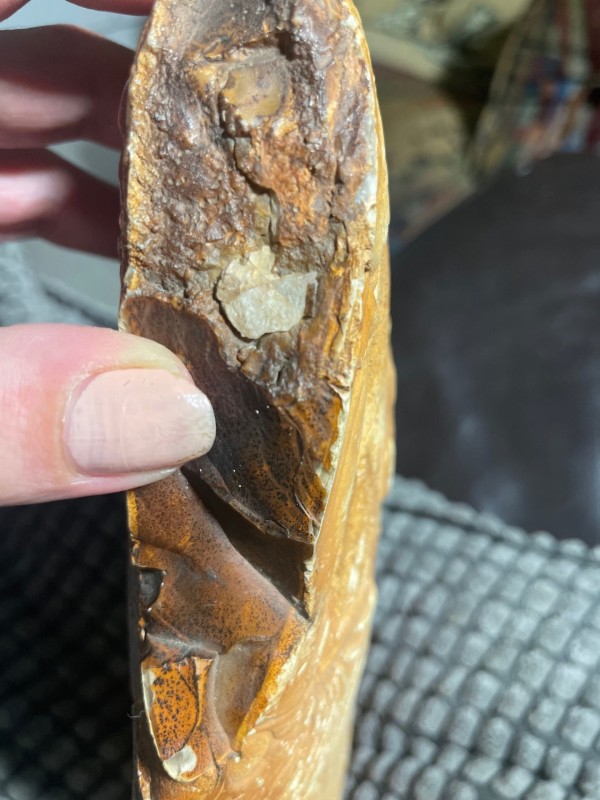
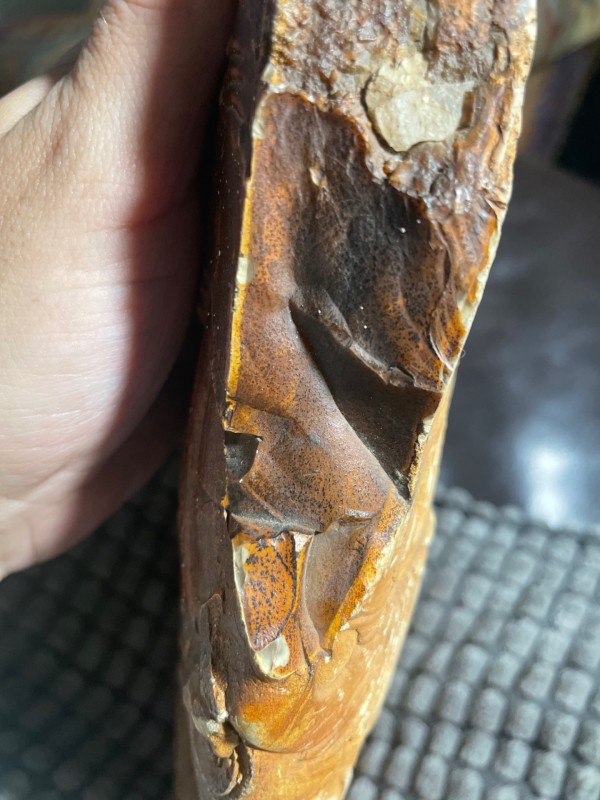
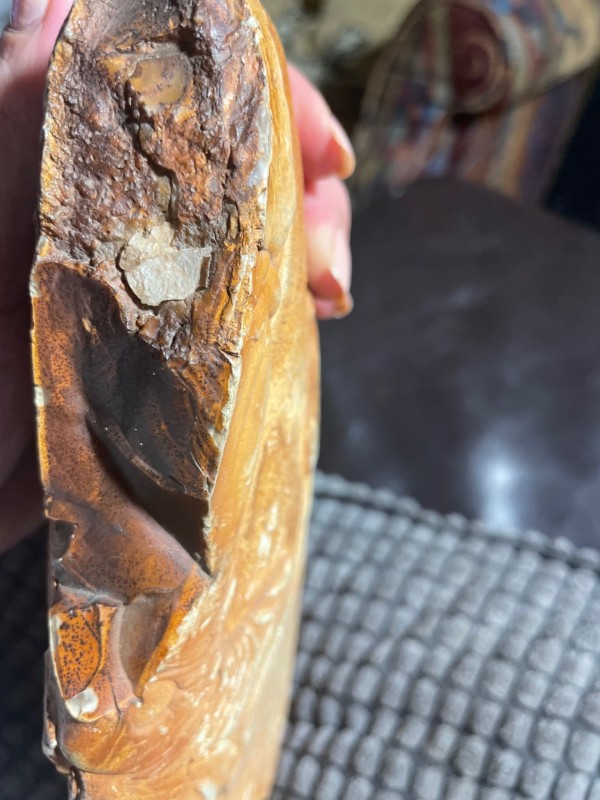
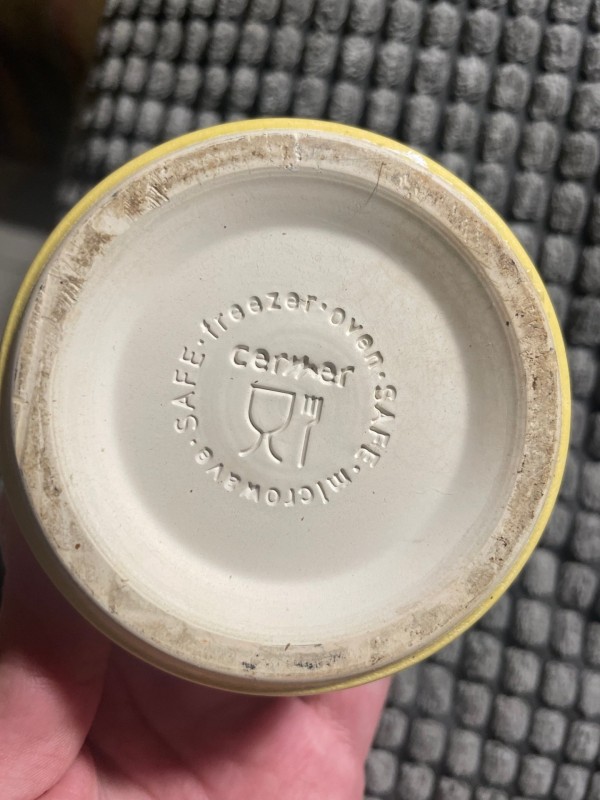
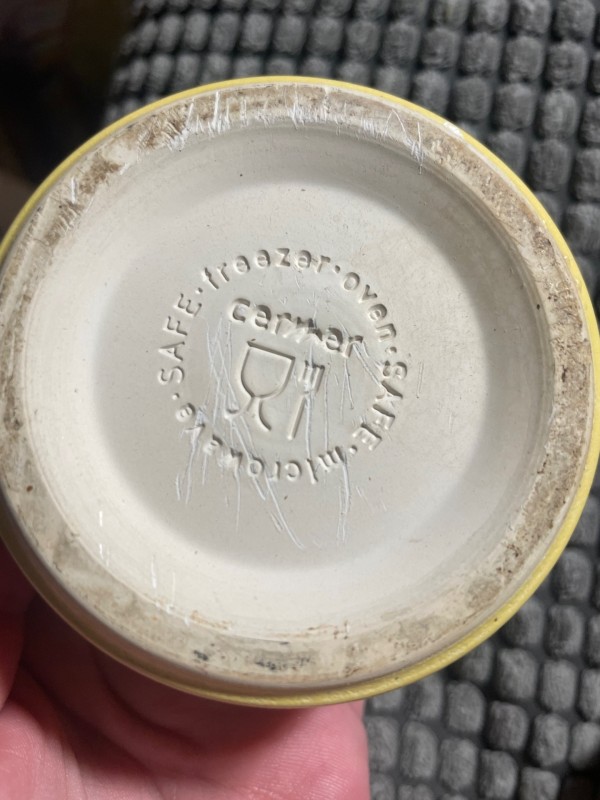
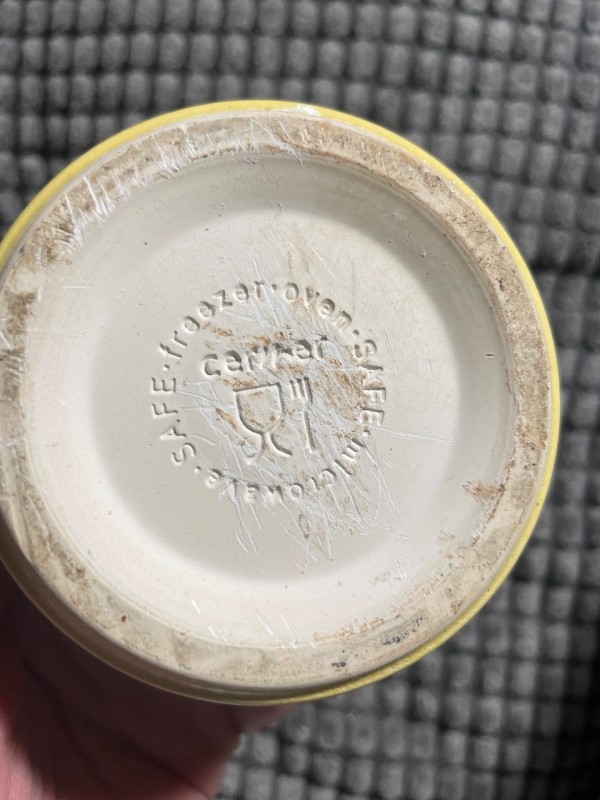
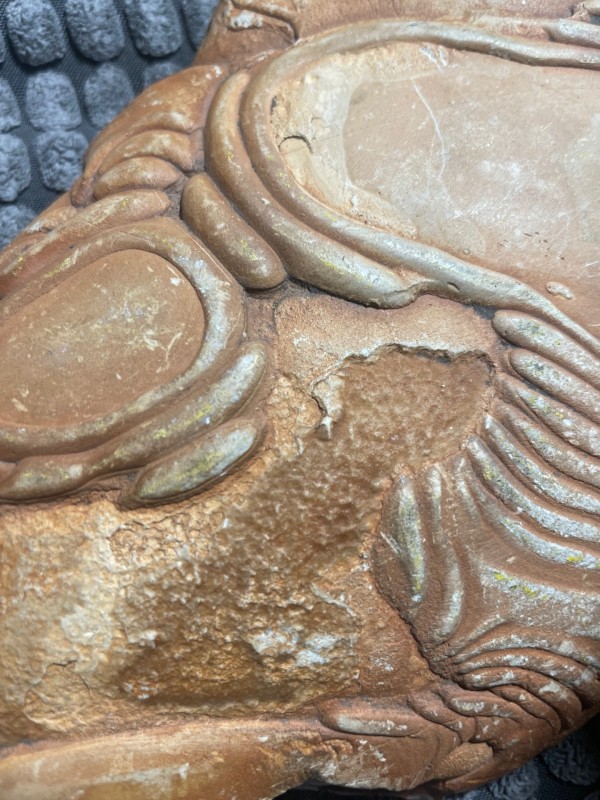
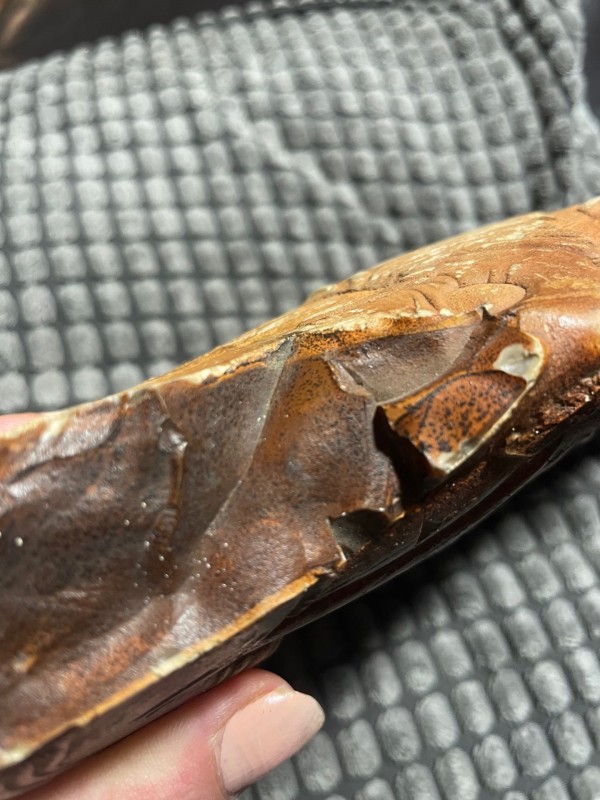
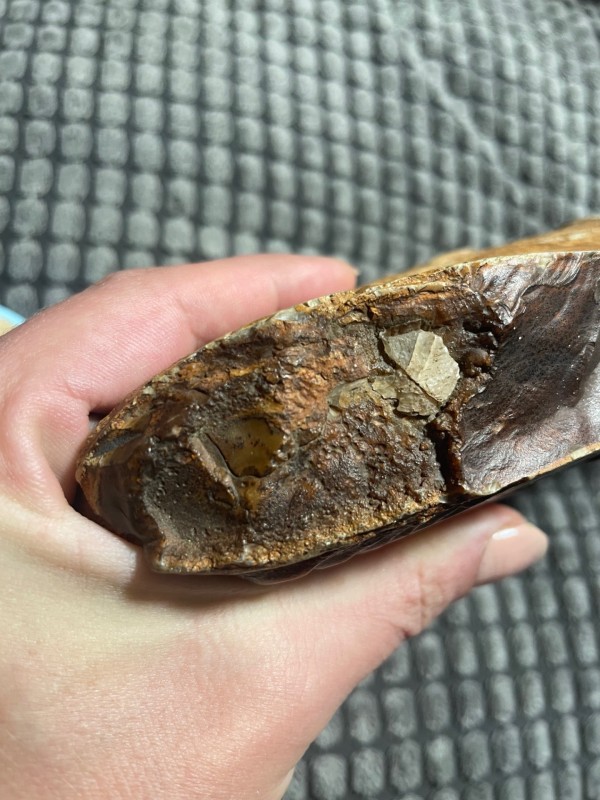
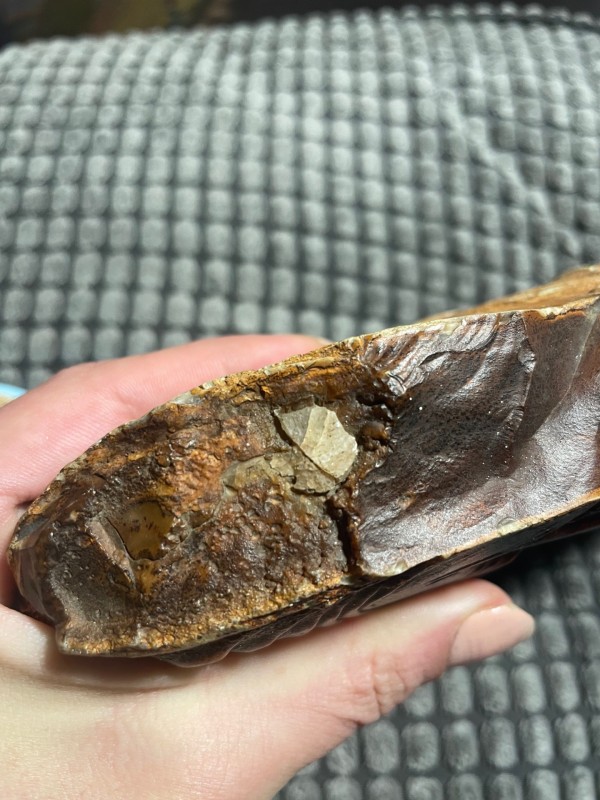
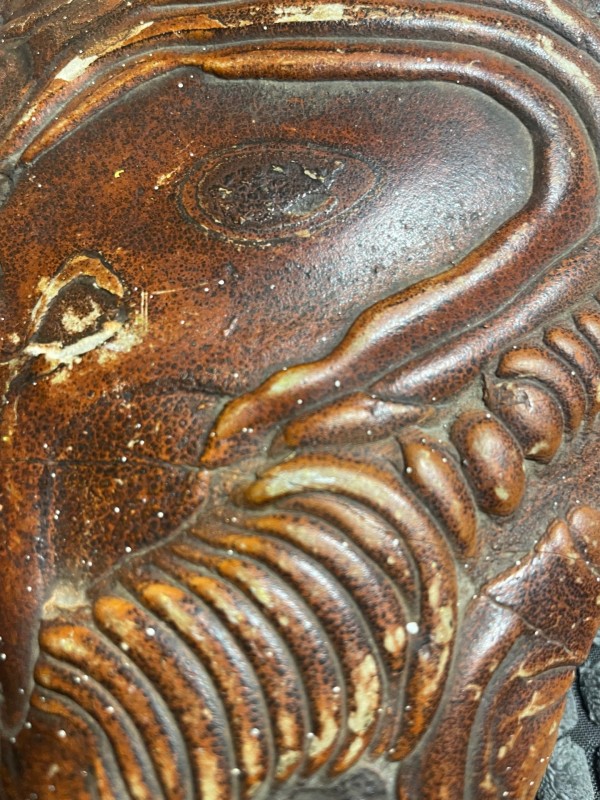
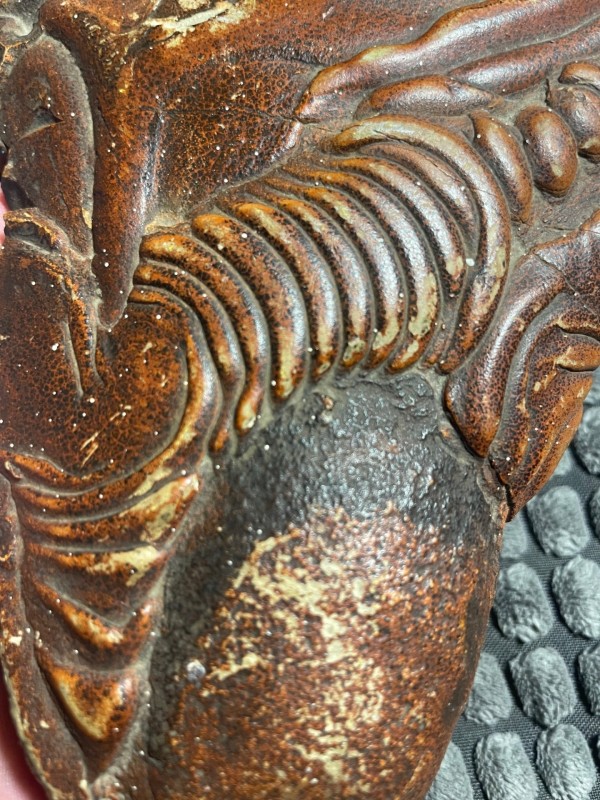
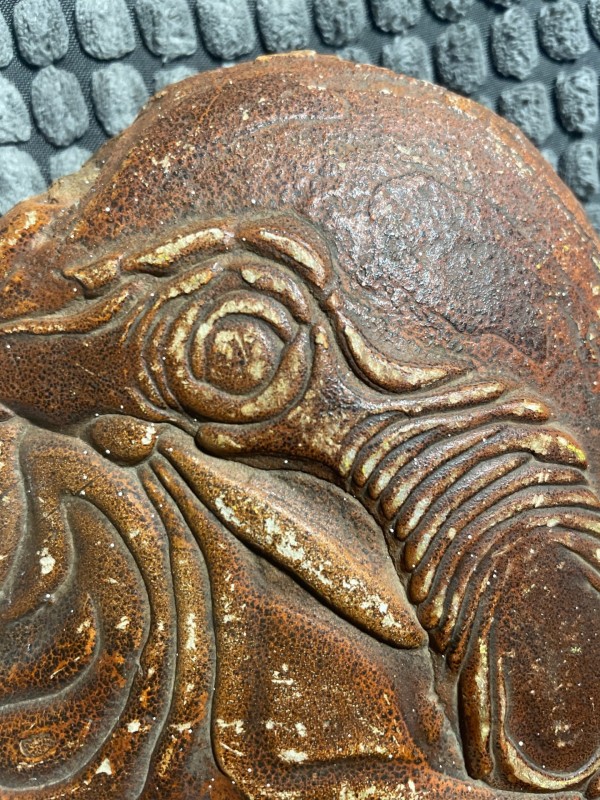
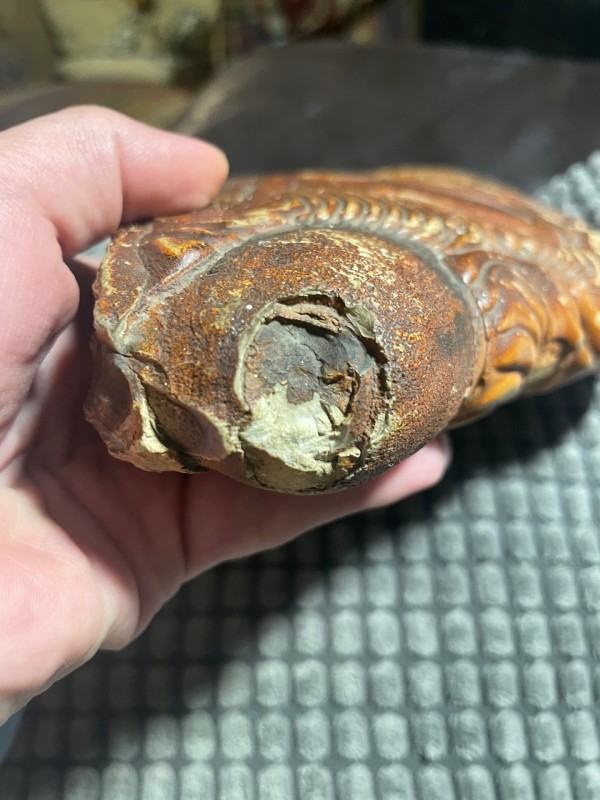
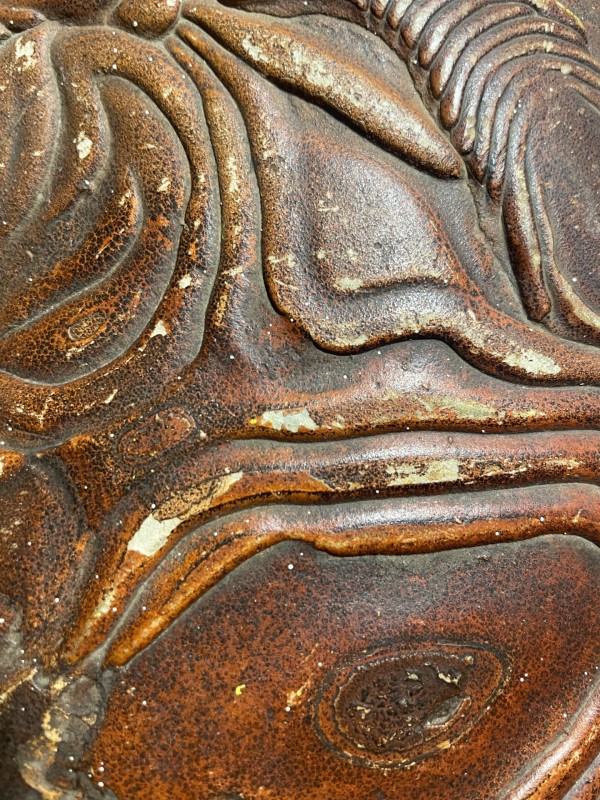
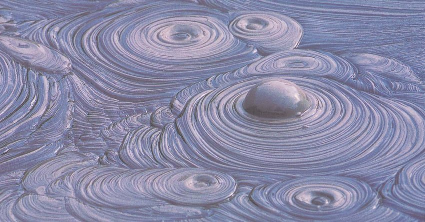
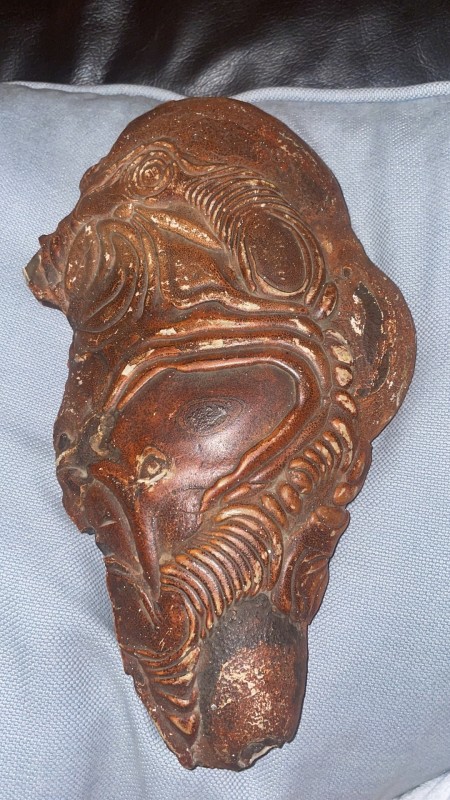
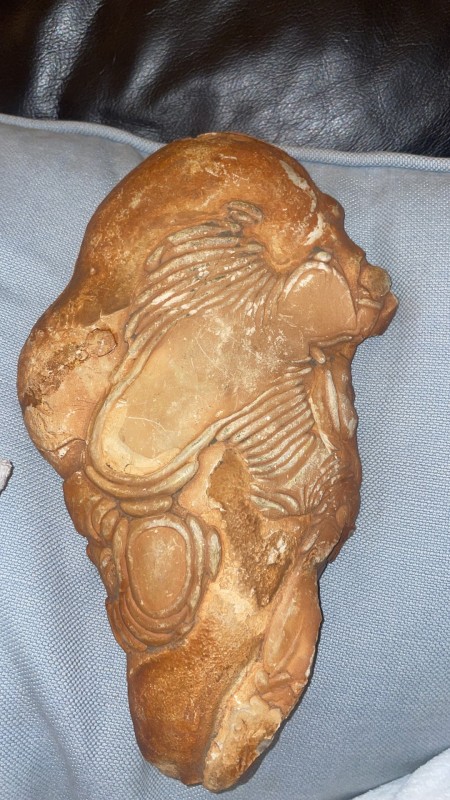
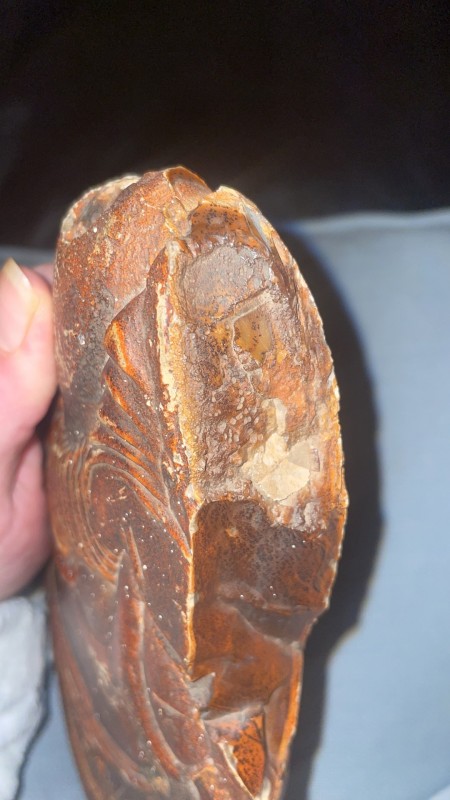
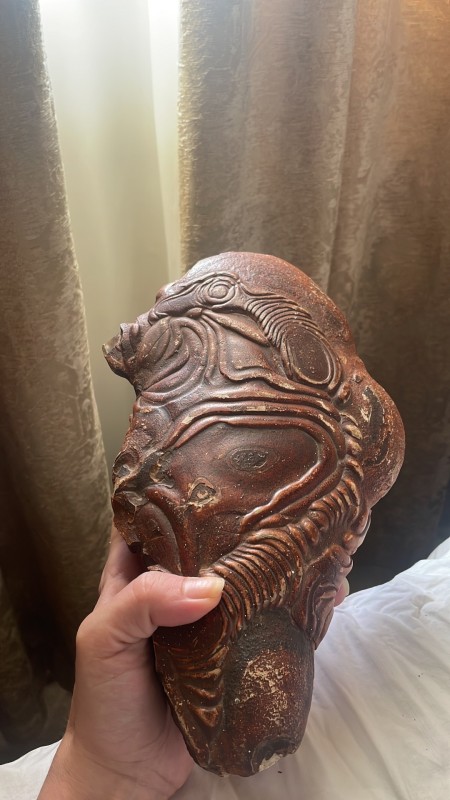
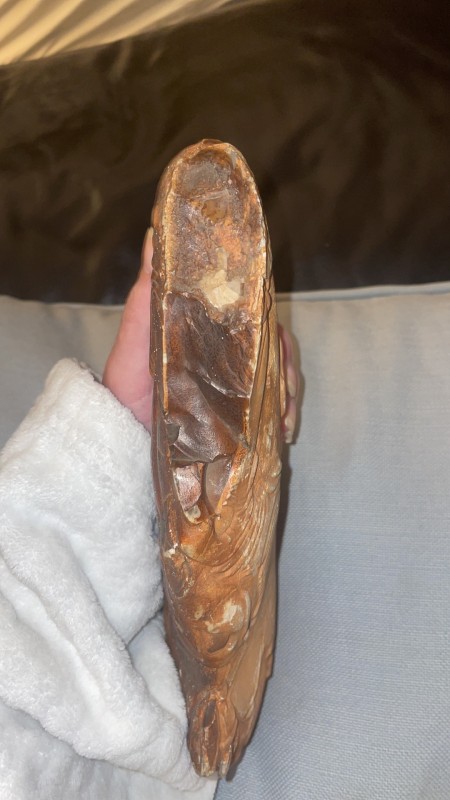
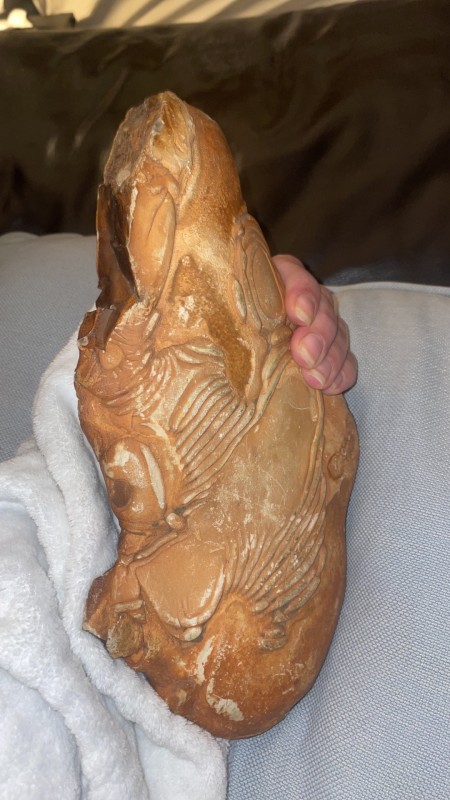
Please Help Identify. Can Not Find Anything Like It?
in Rocks, Minerals, Gems & Geology
Posted
I think you have in fact solved the case! Thank you. Has been an interesting journey. I’m still going to tell people it’s an ancient alien mummy but we’ll know the truth 😉 seriously though, great job